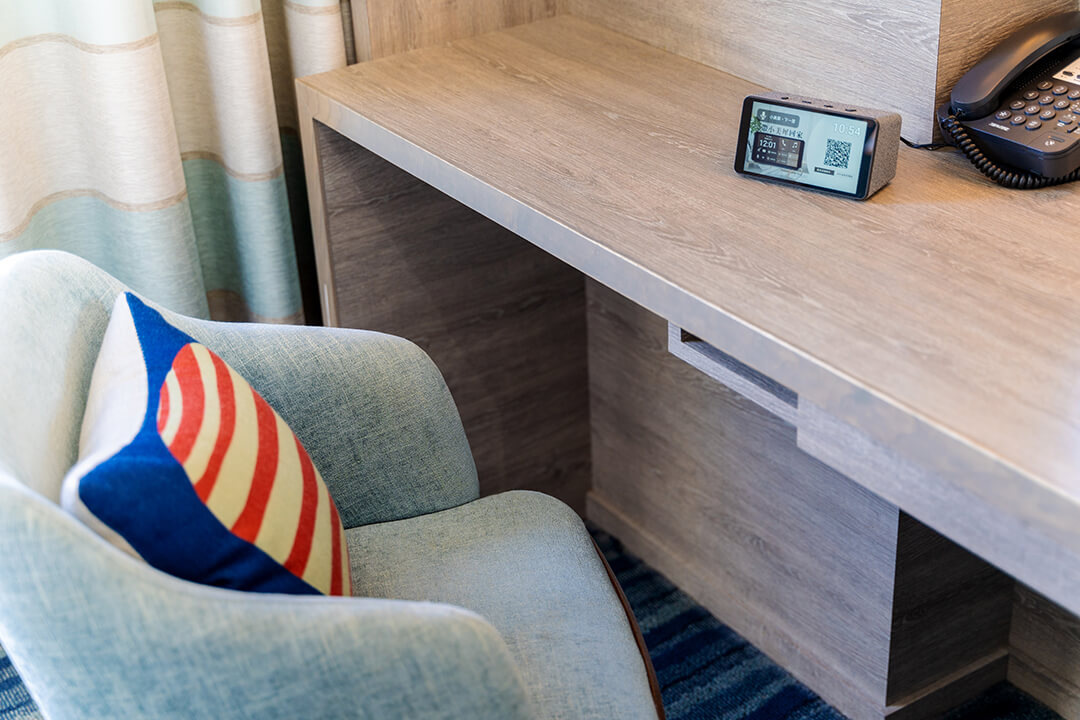When considering different products at a grocery store, consumers will always pick the superior item over the inferior one. Unfortunately, businesses don’t always have this same luxury. In most cases, they will already have a solution in use, so they cannot easily choose an alternative that is better.
Enterprises, in short, are beholden to the status quo. It is much easier for them to keep things the way they are by sticking to their current legacy systems than switching to a potentially better solution. Such is the way of inertia.
This habit can be devastating to an organization’s bottom line. For business leaders to realize this fact, it is important to disprove four common misconceptions that are often deployed in defense of legacy systems.
Misconception #1: It’s cheaper to stick with legacy systems
When feeling pressured to adopt a new solution, business leaders will often default to the cost argument: It is expensive to change from one system to another. Such is known as switch-over costs.
Switch-over costs may be direct, such as the implementation fees a vendor will charge, as well as indirect, such as the productivity that will be lost as employees master the learning curve of the new product.
Lost in this argument is a starker truth: It is even more expensive to continue with a legacy system. When the legacy system is inefficient, companies will lose more money over the long-term than with a more innovative and efficient one. There may be a slight, short-term bump in costs with a new solution, but it will quickly become more cost-efficient once upfront fees are paid for and employees master the ins and outs of the new solution.
Misconception #2: It’s not the best time to replace the legacy system
Some leaders will make a timing-based argument: Since legacy systems cannot be replaced overnight, there needs to be significant planning involved. Such planning may be a detriment to a business-critical period, such as the launch of a new product or a fiscal period with significant market implications. There are thus a plethora of articles that seek to nail down the perfect time to switch from one software to another.
This argument is also misguided because there will never be a “right” moment to change from one system to another. There will always be some level of disruption. Given this fact, leaders need to rethink their timing considerations. Instead of thinking about the perfect time, they should determine the earliest possible implementation of the new solution.
The rationale here is simple: The earlier that a business implements a solution, the sooner they can benefit from it. Businesses that abandon the idea of a perfect switch-over time will thus recoup gains in productivity and efficiency much sooner than their competitors.
Misconception #3: Legacy systems are already optimally integrated into an organization’s tech stack
Every business is a dizzying web of complex parts and overlapping systems. Any legacy solution that the business uses already fits neatly into this web. Some business leaders will thus argue that removing any legacy system in favor of a new one will interfere with the delicate balance of the organization’s tech stack.
This argument is misguided because it assumes that technology never changes. While a legacy system may indeed be optimally integrated now, this will not always be the case. New technologies are deployed all the time that legacy solutions will not be compatible with.
Let’s look at the hospitality space as an example. Hotels frequently use messaging apps as a hub for their task management. While this may work for basic tasks, it will not work for more complex requests.
For example, a hotel guest may want to book a taxi in advance on the day of checking out to go to the airport, but this workflow does not jive with a legacy system where a concierge takes notes via a messaging app. Such requests are better managed with a modern, task management system like TMS Pro.
In short, legacy systems may not be as optimal as leaders assume, lacking the crucial integrations that customers want and that newer solutions have.
Misconception #4: Legacy systems already have all the features that customers need
Another common argument defers to the customer: The legacy system is worth keeping because it sufficiently caters to consumer needs. Like the previous argument, this one does not hold up because it assumes customer tastes will never change.
The reality could not be further from the truth. While a legacy system may serve customers now, it may prove inadequate in the future. The difference may not always be as glaring as the gap between horses and cars, it will still be discernible.
Let’s revert to the hospitality industry for another example. Most hotels are content to retain their in-room phones as the hub for guest requests: If they want something, they need to dial for the concierge, wait until the line is free, and dictate what they need.
While this kind of room service may have been acceptable a generation ago, the advent of Siri and other on-demand voice assistants has changed consumer expectations. They want to be able to make their requests verbally and get acknowledgement or information on-demand. This need can only be serviced through an innovation like Aiello Voice Assistant, which enables customers to request information or make requests as they would with any other voice assistant.
Changing to new solutions and away from legacy solutions is crucial to satisfying the ever-evolving needs of customers.
Say goodbye to legacy systems
Companies should not be shamed for using legacy systems. As shown above, it is often easier to stick to the status quo. But this behavior is counter-productive to an organization’s goals, undermining efficiency, increasing costs, lacking important integrations, and most of all, failing to address new customer needs.
These failures are especially acute in the hospitality industry, where competition between hotels for guests is high. To remain the go-to destination in their service areas, hotels must replace their legacy systems - be they walkie-talkies, messaging apps, or even pen and paper - with better solutions like Aiello Voice Assistant and TMS Pro. By saying goodbye to legacy systems, such hotels will not only bring in new innovations, but what matters most: an influx of happy, satisfied guests.









